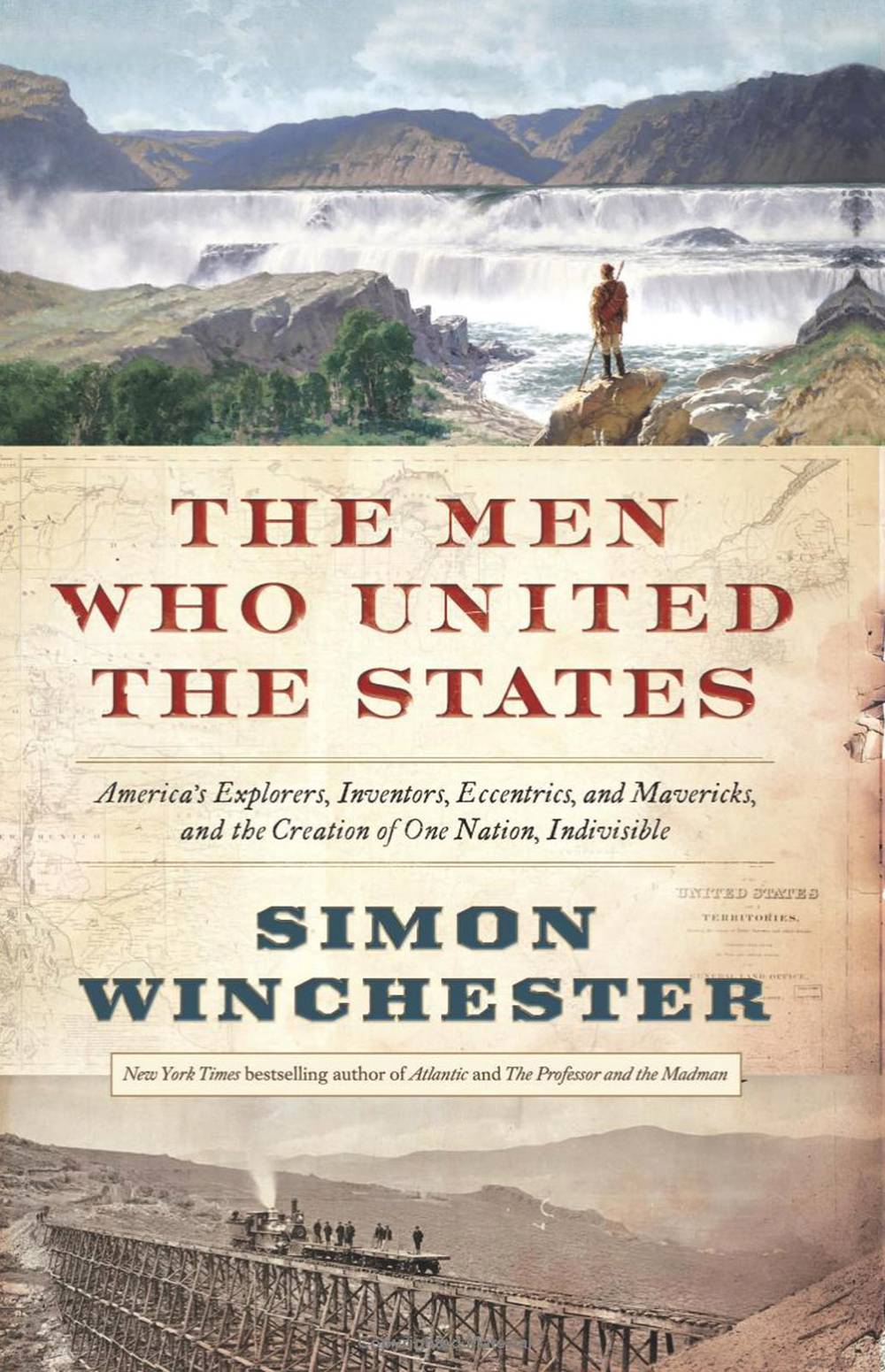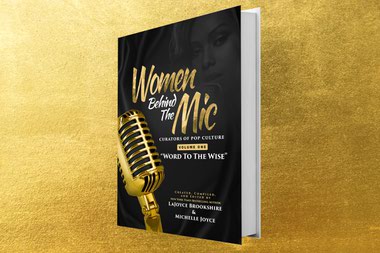
The Men Who United the States By Simon Winchester, $30.
Simon Winchester has criss-crossed the country more than most Americans ever will, so it’s fitting he finally became one.
Guiding the reader into his latest book, The Men Who United the States, the British-born geologist tells of finally becoming a citizen, after years of fascination with and travel within the U.S. What follows can be read as a paean to what he sees as his new homeland’s promise of freedom rooted in shared destiny.
That it was of the Manifest variety—Go West, young nation!—was dictated by the land’s geography and geology. Between the Revolution and his presidency, George Washington led an attempt to build canals linking the Atlantic watershed with rivers emptying into the Mississippi, fearing the scattered settlers beyond the Alleghenies might align themselves commercially with England or France, who still controlled much of the westward land.
Mastering the land between the oceans was fed by a sense of threat from the West—that other nations might hem us in, or even attack. The War Department’s 1919 motor expedition to the West Coast was launched because World War I had shown the U.S. military the need to move men and material quickly. If anyone attacked the West Coast, the nation lacked the roads to rush defenders across the continent. The convoy, which included Major Dwight Eisenhower, averaged 5.6 miles an hour, mostly following the Oregon Trail. The trails that had led settlers West had been abandoned once railways laced together the continent—another saga Winchester narrates and spices with personal anecdotes. Nearly another half century would intervene before Eisenhower pushed through Congress the Interstate system that bears his name.
Winchester acknowledges those trampled by “continentalism,” from Native Americans to Chinese immigrants building the Central Pacific railway, and he briefly laments the lack of women among its innovators. But as he either traces or recalls traveling the routes forged by earlier men, he often takes a contrarian point of view—against the wealthy who bought up a lovely Colorado valley; against “the industrialization of American agriculture.” And Winchester makes it clear government investment prodded the exploration and unification of the nation, from canals to railroads to highways both physical and digital. A Democratic-controlled Congress denying Samuel Morse funds to develop the telegraph in 1838 Winchester reads as “a reminder of the evolution of party-political sentiment over the years.” Four years later, power shifted and Morse got his seed money.
Winchester is a master of popularizing the impenetrable, from the Oxford English Dictionary in The Professor and the Madman to plate tectonics in A Crack in the Edge of the World. Organizing this book by the Asian “elements” of wood, earth, water, fire and metal feels forced at times, since so many of the stories otherwise overlap. But Winchester’s immersion in its episodes is welcome, as he is a most genial storyteller.
More by Chuck Twardy at chucktwardy.com.






